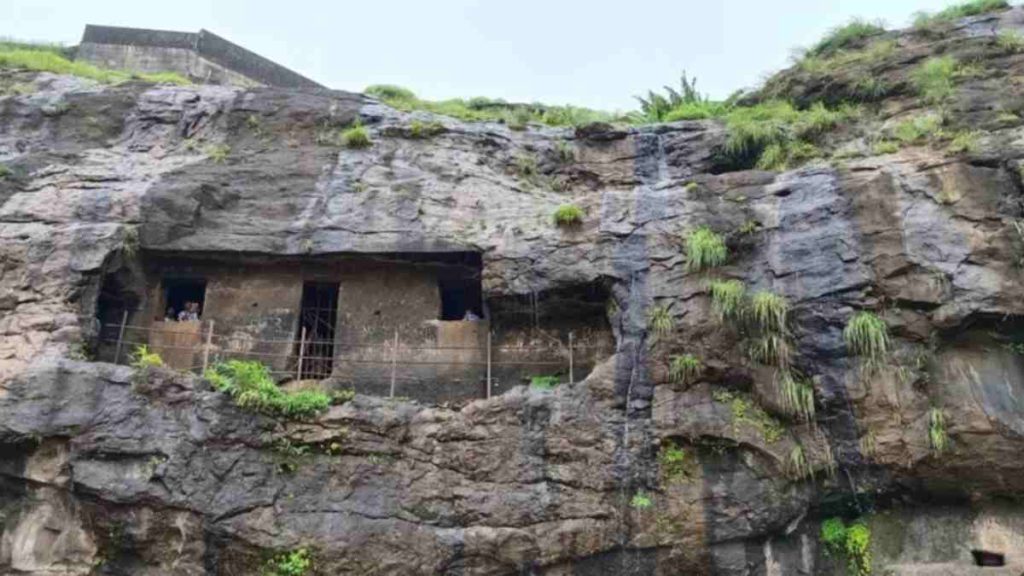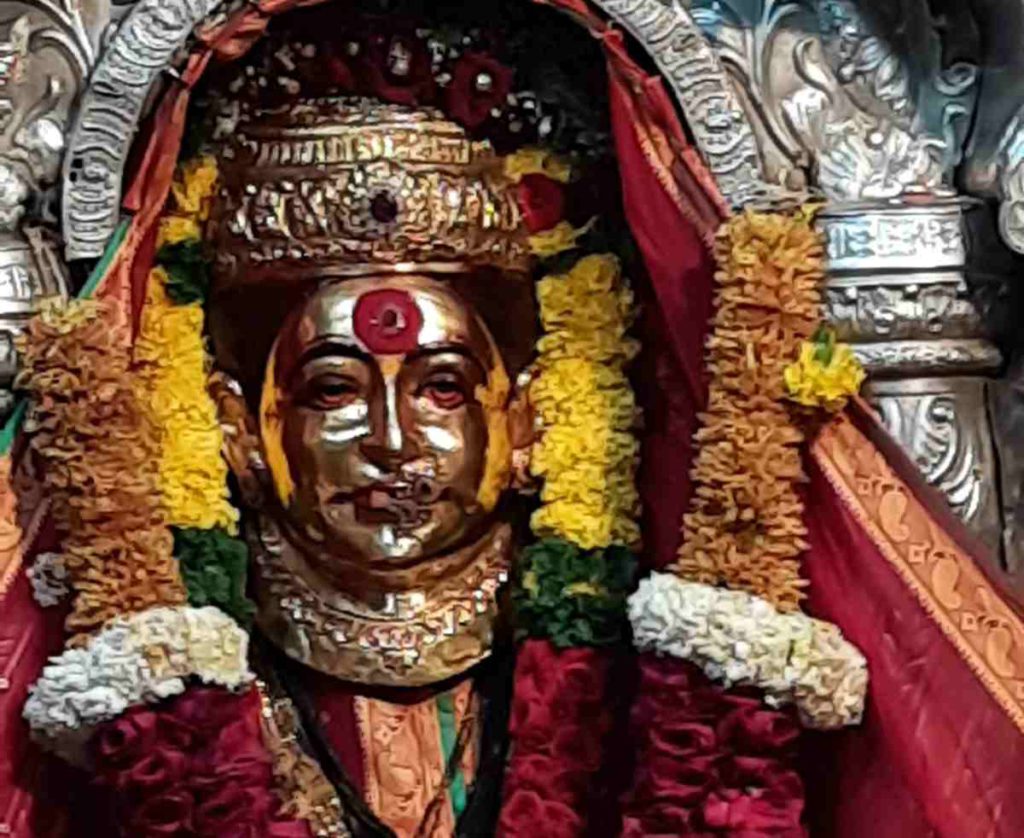INDIA. Maharashtra: When we think and talk about caves, we often envision old, dimly lit, or mysterious tunnel-like structures that pique our curiosity. India is replete with such caves, which serve as reminders of our past, culture, traditions, and way of life.
In Maharashtra alone, there are over 1000 Buddhist caves, and one such cave is nestled in Lonavala, approximately 65 kilometers away from Pune, Maharashtra.
The climb: A challenge
Karla Caves, or Karli Caves, constitute a complex of ancient Buddhist rock-cut caves that were once places of worship for Buddhists. Today, these caves are under the care of the Archaeological Survey of India.
It is worth noting that these caves were not constructed during the same period. They were built in the 2nd century BC and 2nd century AD, the 15th century, and the 10th century.

Since no restoration work has been undertaken, most of the caves have deteriorated, with the outer structures displaying cracks and damage.
To reach the caves, visitors must ascend 200 steep and uneven steps, which can be quite challenging. Along the way, a bustling bazaar lines both sides of the staircase, offering Pooja Samagri, sweets, and various other small items.
Chaitanya Hall: A tranquil place of worship
Karla Caves consist of 18 caves, but only three are accessible to visitors. One of these caves is known as the Chaitanya Hall, or prayer hall, while the other two served as dormitories for Buddhist monks. Due to its location on the edge of the hill, most of the caves have suffered from deterioration.
Before entering the main hall, which serves as a place of prayer, visitors must remove their shoes. Upon entering, the initial impression might feel as though you are entering a tunnel, as some areas are quite dark. There is no artificial lighting or hanging bulbs; instead, intricately carved windows allow natural light to filter into the Chaitanya hall.
The Chaitanya hall spans an impressive 45 meters in length and 14 meters in width. It is a cavernous hall, expertly carved into the rock. The hall features columns on either side that bear the influence of Greek architecture. Some columns bear inscriptions depicting Buddhist history. In total, there are 37 substantial pillars in an octagonal shape.
Our tour guide, Mr. Sukhbir Singh Solanki, informed us that the entire monastic complex at Karla was likely conceived as a single design, financed by donations from Greek merchants at the time.
The pillars consist of a stepped pyramidal base topped by a pot, an octagonal shaft, an inverted flower vase capital, and a closed amalaka neck. The seven pillars behind the Stupa are plain octagonal, devoid of any design or decoration.
Greek influence is also evident in the pillars themselves. The Chaitanya hall features two columns, each standing at an impressive height of 15 meters, flanking its sides.
One of these columns has fallen on one side and showcases Lotus and abacus motifs, distinctively Greek features. The ceiling boasts wooden beams that, while not particularly significant, were added purely for aesthetic purposes, resembling an enormous inverted boat.
The Greek legacy: The first Buddha statue
Buddha discouraged idol worship, and as a result, no images of Buddha were created for nearly 300 years. The first statue of Buddha was crafted by the Greeks, following the Hellenic style, characterized by distinct features. Subsequently, when Indian artisans began crafting Buddha statues, they adopted the Mathura school of art style.
Beyond this complex, there is also a Hindu temple dedicated to Ekvira goddess. She is the kuladevi (family goddess) of the Koli people and represents one of India’s oldest and historically significant temples. Throughout the year, except during the monsoon season, devotees flock here to offer prayers and Prasad.


Also Read: Ancient Cave Art from 24,000 Years Ago Unearthed in Spain’s Cueva Dones



